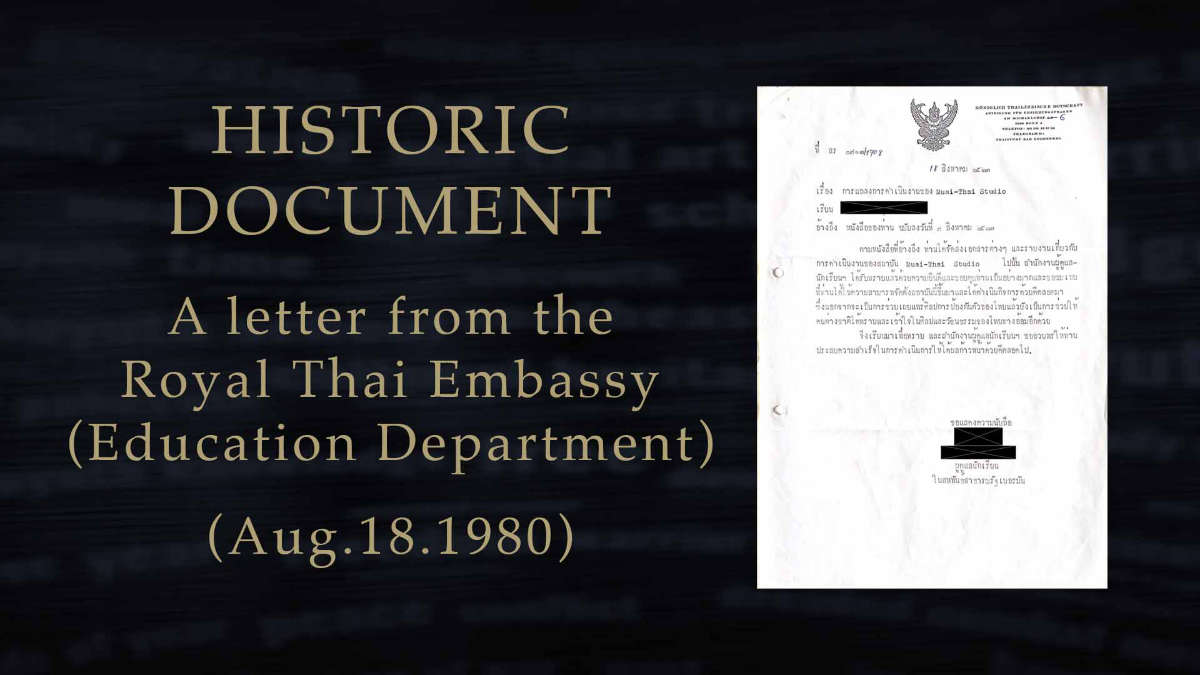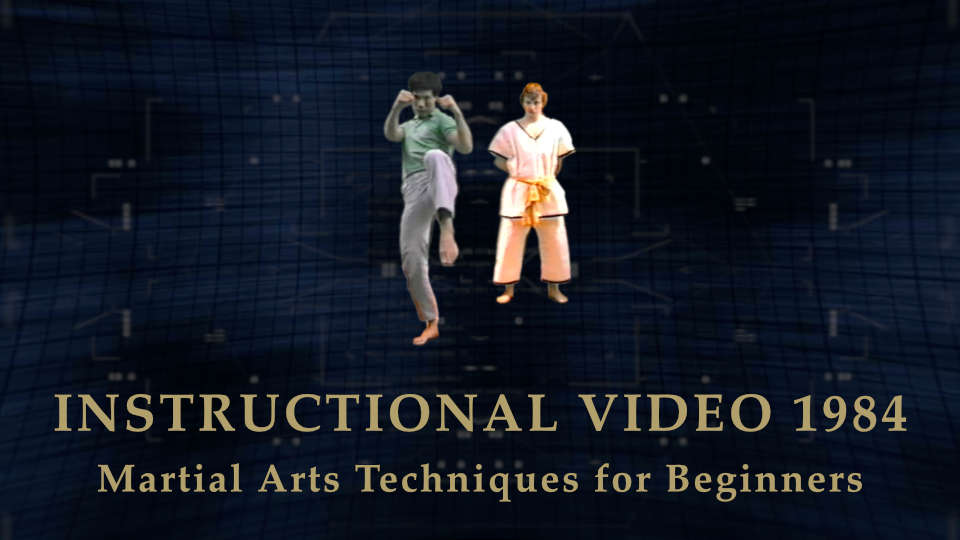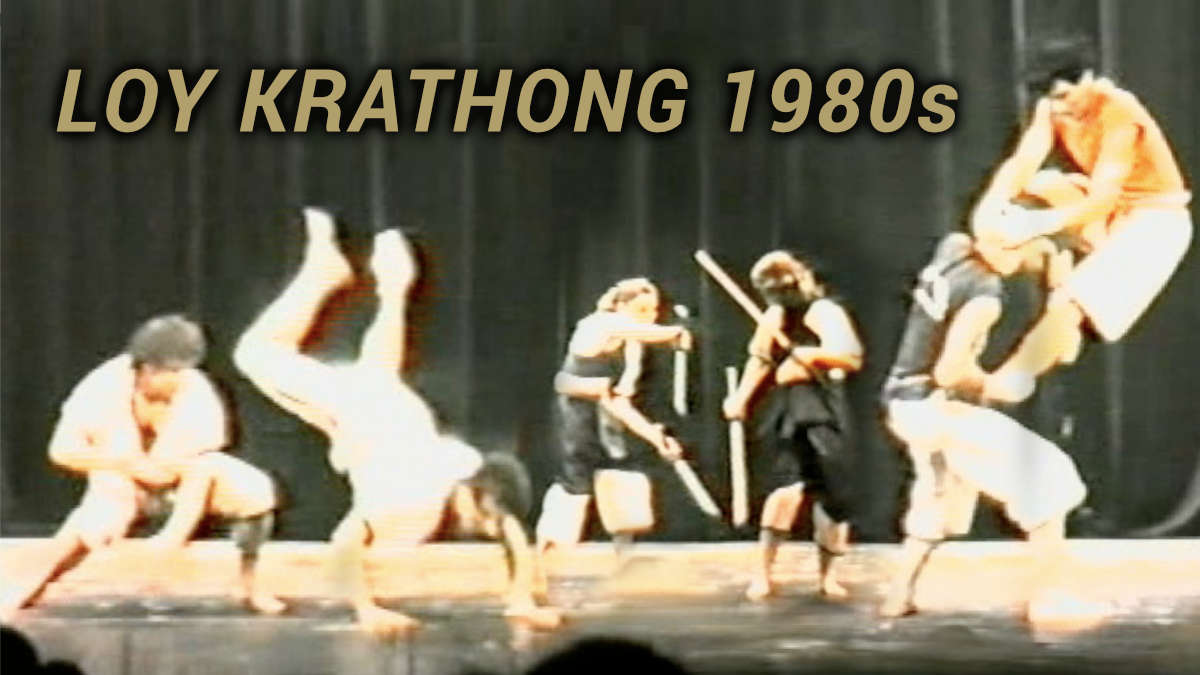What is the art of war?
In the understanding of Pahuyuth, the art of war refers to the knowledge of conflict and conflict between at least two warring parties (groups, troop units, etc.).
Content
General definition
The art of warfare is theory and practice for the preparation, conduct and execution of multidimensional combat operations in all areas that have arisen with the development of warfare and the armed forces.
Theoretical art of war, in turn, is a branch of military science. The art of warfare consists of three parts: tactics, operational art and strategy, each of which depends on the scope of the fighting.
Tactics
Tactics, more precisely military tactics, is the military science and art of using the available forces in combat. It deals with the detailed conduct of battles and with the movements of units for operational and strategic purposes. The study of tactics is essentially the application of practical experience to develop sound judgment.
The science of tactics can be divided into two large areas: large tactics, which deals with large-scale operations with large forces, and field tactics, which deals with small operations with relatively few troops. Both areas are further divided into offensive and defensive tactics.
The great tactic deals with maneuvers on the battlefield, coordinated and planned at the army level; this includes such important movements as flank attacks, perimeter attacks, turning movements, frontal attacks and deep breakthroughs. Field tactics often need to be improvised in response to enemy actions or unexpected opportunities; it includes smaller actions such as ambushes, raids, reconnaissance actions, tricks, corrupting attacks and defense against looters or partisans.
Tactics are different from the strategy, which deals with the overall planning and coordination at the operational (middle) and strategic (highest) level of war. Since the 19th century AD, new forms of combat operations have emerged in military practice, which led to the development of operational art.
Operational Art
Operational art is the theory and practice of the preparation, management and execution of operational (combat) actions (operations) of branches of the armed forces and larger units that act either independently or jointly in a theatre of war (seagoing ship theatre). It serves the realization of strategic goals and deals with the conception and coordination of (tactical) operations in the interest of the operation.
Operational art combines strategy, scheduling, tactics, logistics, and other elements of warfare into a coherent edifice of thought that commanders need to lead campaigns and battles. It builds on an adversary’s strengths and weaknesses to create opportunities to exploit vulnerabilities and ensure the destruction or neutralization of enemy military potential before it can be used effectively.
Operative art is not static; it is constantly evolving as new technologies, doctrines and lessons learned from past experiences. Nevertheless, there are some common principles that all armed forces adhere to when planning and conducting operations. This includes, for example, a clear understanding of the strategic environment, the definition of achievable goals, the coordination of goals, means and ways as well as the sequence of actions.
Strategy
Strategy, more specifically military strategy, is the theory and practice of preparing the entire country (coalition) for warfare, as well as the leadership and deployment of forces throughout the war and in strategic military actions, including individual strategic and/or operational-strategic operations.
Strategy is a part of the art of war that precedes operational art and tactics. In other words, it encompasses the grand plan that determines tactical decisions. Because it guides decisions on how limited resources can be used most efficiently and effectively in a military conflict to achieve the desired goals.
As with all war objectives, strategies have a timeframe within which they must be implemented: in the short, medium and long term. Strategies can be designed by senior government officials or by lower-level professionals such as military commanders and staff officers. They can also be designed by non-governmental organizations such as interest groups, religious groups or ethnic groups.
One type of strategy — called the grand strategy — involves an overall approach to achieving a particular policy goal over a certain long period of time (which usually involves more than one particular conflict or war).
The art of war and Pahuyuth
The Pahuyuth knowledge has been applied in various wars and conflicts in Southeast Asia. However, Pahuyuth itself is not an art of war, but a martial art.
FAQ
What is called war?
War is an organized conflict between states or between social groups of the population of a state (civil war) that is violently fought with weapons. The aim of the war may be to force the other party to change its policies or surrender. War is usually characterized by violence, destruction and death. It is also characterized by the use of weapons, which may include nuclear weapons, chemical weapons, biological weapons and conventional weapons. A war can also be characterized by the use of measures aimed at inflicting physical or psychological damage on the adversary, such as economic sanctions, famine, or terror.
What types of warfare are there?
There is no conclusive answer to this question, as it depends on the specific situation and objectives of a particular conflict or the participating parties. Warfare is also subject to constant change, so that at most a snapshot of the current state of affairs is possible. Some common types of warfare include:
- Wars of Autonomy and Secession
- Anti-regime wars
- Proxy Wars
- Interstate wars
- Hybrid warfare
- Asymmetric warfare
- Civil wars
- Economic warfare
- War of ideas (psychological warfare, information warfare, cyber warfare)
- Religious War
How does a war work?
Wars are a tragic reality of human history. They can arise when governments and politicians of different countries no longer talk to each other in order to resolve their conflicts peacefully. Then these states try to resolve the dispute by force with weapons and the military. There are wars of aggression or defense, wars of conquest, wars of liberation and religious wars or wars with which one wants to pre-empt another war. A “civil war” is when there is an armed conflict between two ethnic groups within the same state. Wars usually end when one party has won (e.g. by annihilating or capitulating the other party) or when both sides have concluded a ceasefire or peace treaty.
What is the art of war?
The Art of War is an ancient Chinese military treatise that is believed to have originated around 500 BC. The work is attributed to the ancient Chinese military strategist Sun Tzu (also spelled Sunzi), who is traditionally regarded as the author of the work. The text consists of 13 chapters, each dedicated to an aspect of warfare. It is well known that it is the authoritative work on military strategy and tactics of its time. It has greatly influenced both Eastern and Western military thinking, economic tactics, legal strategy, and jurisprudence. A comparable work from the Southeast Asian region would be the Tamrab Pichai Songkram, which plays a role in the history of the Free-Warriors .
Recommended glossary entries



